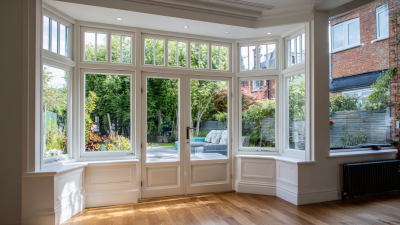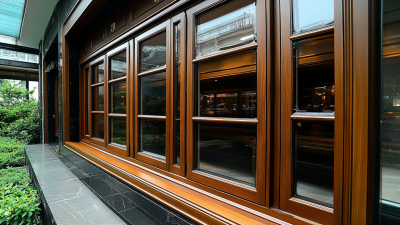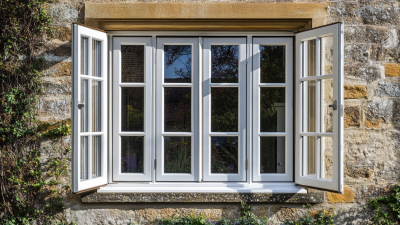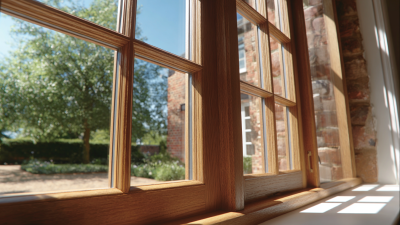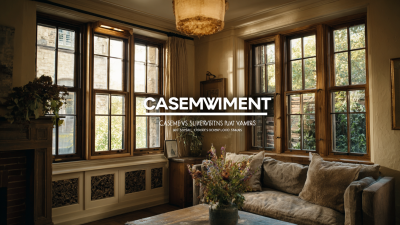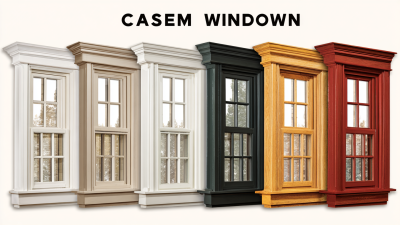Choosing the perfect Timber Casement Windows for your home is a decision that not only enhances your property's aesthetic appeal but also contributes significantly to energy efficiency and overall comfort. According to a report by the Window and Door Manufacturers Association, windows account for approximately 25-30% of residential heating and cooling energy use, highlighting the importance of selecting high-quality materials like timber.
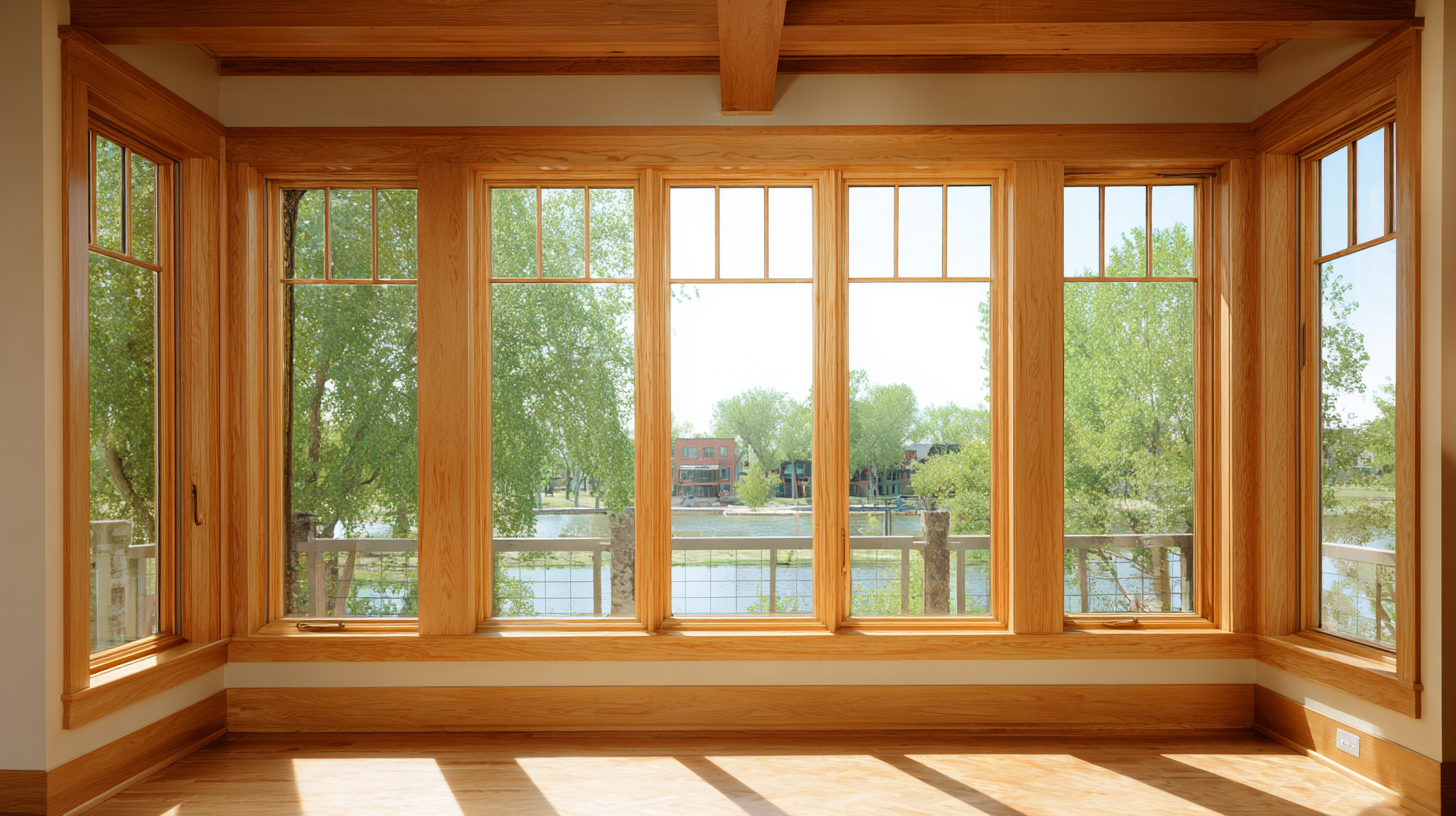
Timber Casement Windows are renowned for their superior insulation properties, which can reduce energy costs by up to 15% compared to traditional windows. Furthermore, a survey by the National Association of Realtors found that homes featuring well-crafted timber windows often command higher resale values, underscoring their long-term investment potential. As you navigate your options, understanding the characteristics, styles, and benefits of Timber Casement Windows will ensure that you make a choice that aligns with your design vision and functional needs.
Timber casement windows offer a timeless appeal that combines aesthetics with functionality. One of the primary benefits of choosing timber is its natural insulation properties. According to a study by the Building Research Establishment, timber windows can significantly reduce energy loss, with thermal performance up to 25% better than their PVC counterparts. This improved energy efficiency not only contributes to a more comfortable indoor environment but also leads to lower energy bills, making it a smart investment for homeowners.
Additionally, the durability and longevity of timber casement windows enhance their appeal. A report from the Timber Research and Development Association indicates that timber windows, when properly maintained, can last over 60 years, far exceeding the lifespan of many alternatives. This durability is coupled with eco-friendliness, as timber is a sustainable resource when sourced responsibly. By opting for timber casement windows, homeowners can enjoy a blend of traditional elegance, superior performance, and environmental consciousness.
The chart above illustrates the various benefits of timber casement windows rated on a scale from 1 to 10. The highest-rated benefit is aesthetic appeal, followed closely by energy efficiency and sound insulation. These factors contribute to the overall decision-making process for homeowners considering timber casement windows.
When selecting timber casement windows for your home, several key factors must be considered to ensure both aesthetics and functionality. First, it's essential to evaluate the wood species used in manufacturing. According to the British Woodworking Federation, hardwoods like oak, mahogany, and cherry are highly recommended for their durability and resistance to warping. In contrast, softwoods such as pine offer a different aesthetic but require more maintenance over time due to their susceptibility to weathering.
Another critical consideration is the window design and energy efficiency. A report from the American Architectural Manufacturers Association indicates that well-designed timber casement windows can enhance energy efficiency by up to 30%. Features such as double glazing and thermal breaks significantly contribute to better insulation, reducing heating costs and improving comfort within the home. Additionally, the choice of glazing can impact natural light and glare, so homeowners should select options that harmonize with their living spaces.
Lastly, considering local regulations and environmental factors can influence your choice. Many regions have specific guidelines regarding window specifications and energy performance, which can affect installation and materials. Thus, consulting with local experts familiar with these standards can help ensure compliance while maximizing the benefits of your timber casement windows.
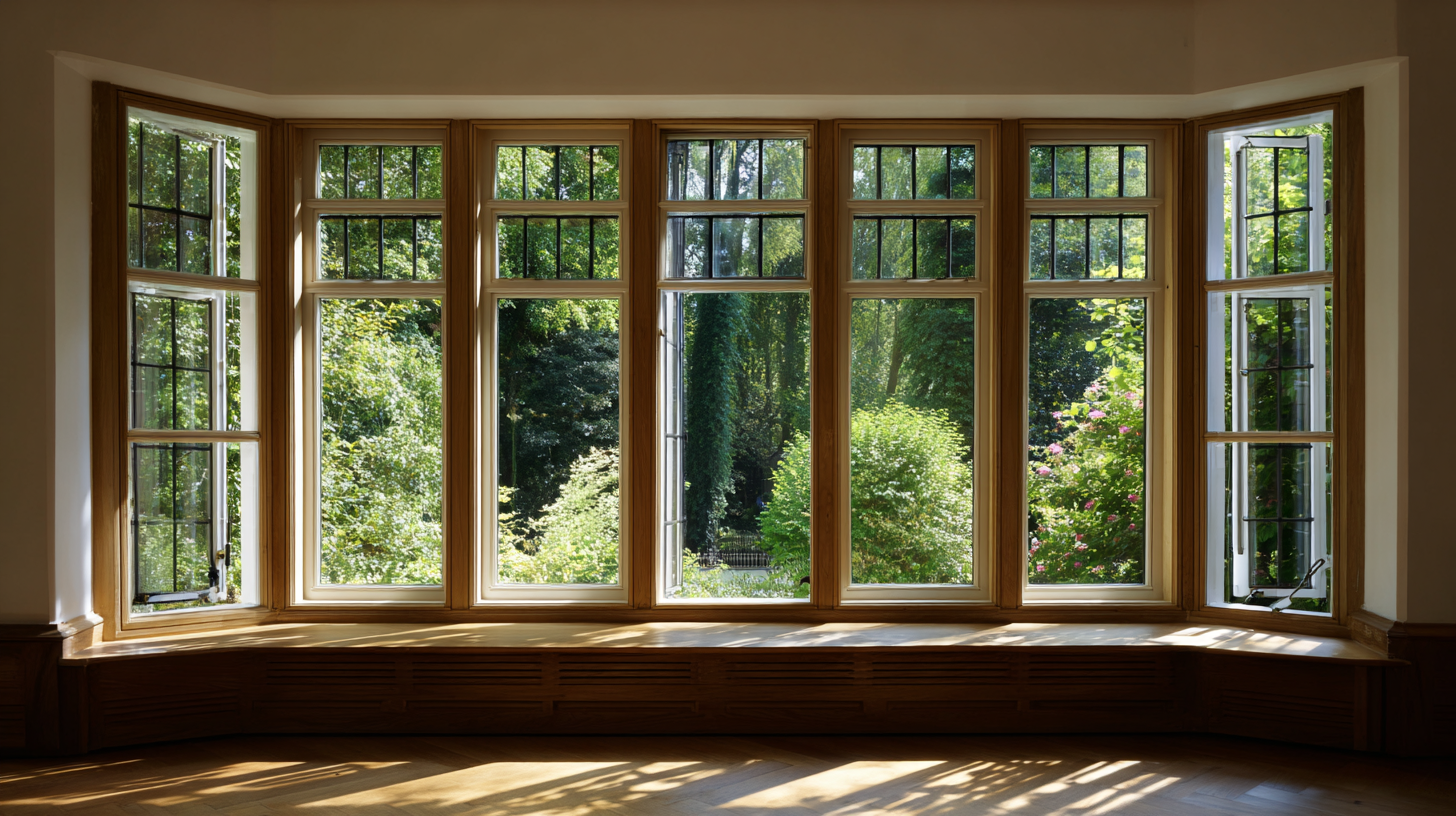
When selecting timber casement windows, consider how their style and design will complement your home's overall aesthetic. The choice of window style can significantly influence the character of your property, whether it leans toward traditional elegance or modern minimalism.
For classic homes, ornate detailing, such as Georgian or Victorian styles, can enhance the historical charm, while sleek, contemporary casements with clean lines work wonderfully for more modern architecture.
Moreover, the finish and color of your timber windows are crucial in achieving the desired look. A natural wood finish can warm up a space and provide a rustic feel, while painted options in bold or muted tones can make a striking statement. It's also essential to consider the proportions and scale of the windows; larger windows can create a dramatic impact and allow for plentiful natural light, ideal for maintaining an airy atmosphere.
By thoughtfully blending style and design, timber casement windows can not only elevate the exterior appearance of your home but also enhance its interior spaces, contributing to a cohesive and inviting environment.
When choosing timber casement windows for your home, assessing energy efficiency and durability is paramount. According to the National Fenestration Rating Council (NFRC), windows contribute significantly to residential energy losses, accounting for up to 30% of heating and cooling costs. Thus, selecting casement windows with high energy ratings can enhance your home’s insulation and reduce energy expenses. Look for windows that are certified with the Energy Star label, which indicates they meet strict energy efficiency guidelines. For example, double-glazed timber casement windows can provide insulation values (U-values) as low as 1.2 W/m²K, compared to standard models that may reach U-values above 2.0 W/m²K.
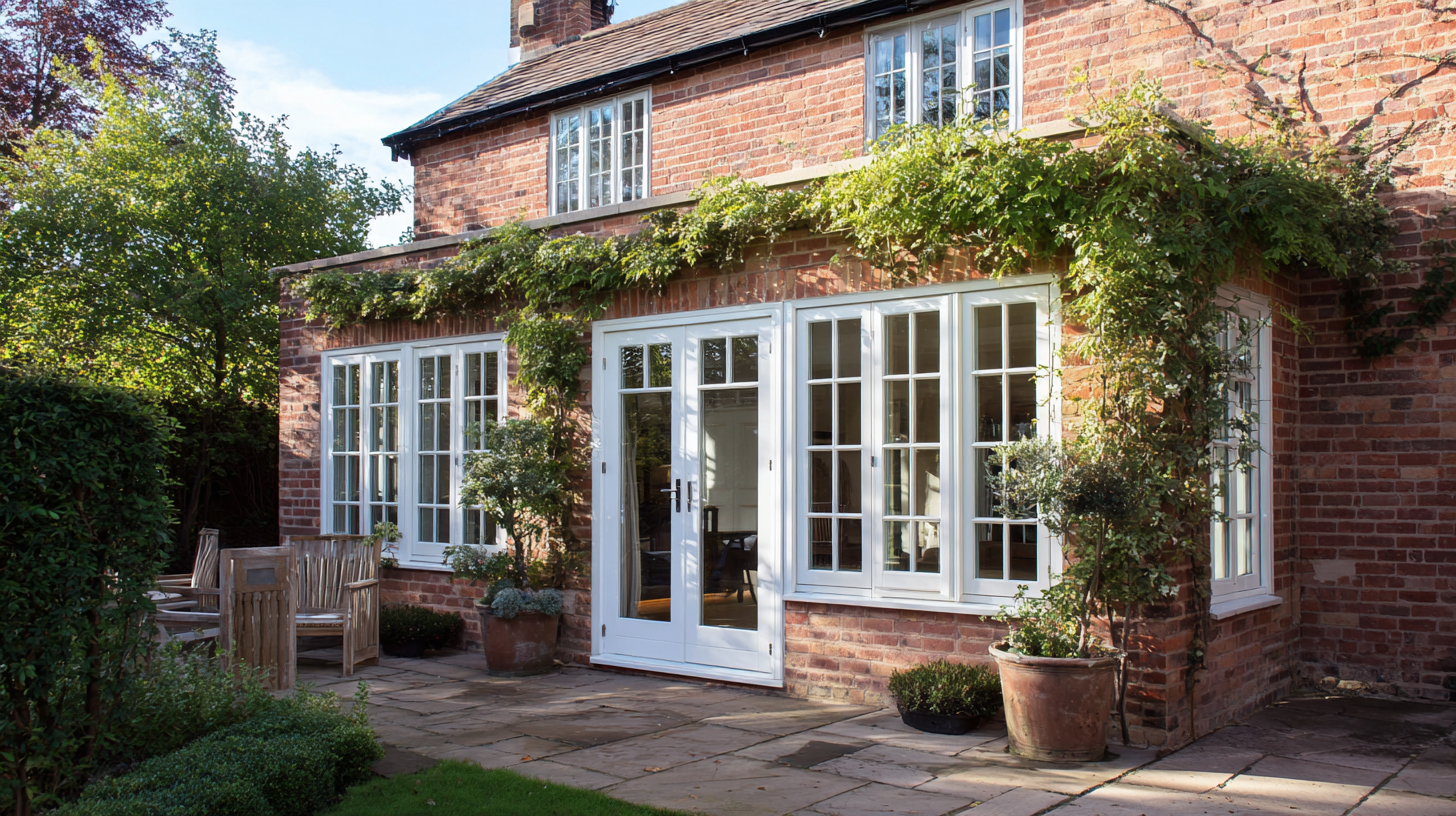
Durability is another critical factor to consider. Timber, if properly treated and maintained, can last for decades. Reports from the Wood Window Alliance highlight that high-quality timber windows, especially those made from hardwoods like oak or specially treated softwoods, exhibit excellent resistance to decay and pests. Additionally, the lifespan of well-maintained timber windows can exceed 60 years, whereas cheaper alternatives may require replacement after only 20 years. By investing in timber casement windows that prioritize both energy efficiency and durability, homeowners can ensure long-term benefits in comfort and value.
Maintaining timber casement windows is essential for preserving their aesthetic appeal and functionality. According to a report by the National Wood Window Association, well-maintained timber windows can last over 60 years, significantly outperforming their vinyl counterparts, which often require replacement every 20 years. Regular upkeep can prevent costly repairs and extend the lifespan of your windows.
One critical aspect of maintenance is regular inspections for signs of wear, such as peeling paint or gaps in the sealing. The American Institute of Architects recommends repainting every 3-5 years to protect the wood from moisture and UV damage. Additionally, ensure that the hinges and mechanisms are lubricated annually to maintain smooth operation. Incorporating these practices into your home maintenance routine not only enhances the longevity of your timber casement windows but also contributes to the overall energy efficiency of your home, as efficiently sealed windows can reduce heating costs by up to 15%.
| Aspect | Details |
|---|---|
| Material Quality | Choose high-quality timber such as oak or mahogany for durability. |
| Energy Efficiency | Look for double-glazed options to enhance insulation. |
| Style Match | Ensure the design matches your home’s architecture. |
| Maintenance Tips | Regularly check for wood rot and repaint every few years. |
| Cleaning | Use a soft cloth and mild detergent. Avoid abrasive cleaners. |
| Hardware Maintenance | Lubricate hinges and locks annually to keep them functioning smoothly. |
| Seasonal Checks | Inspect for drafts and leaks before winter arrives. |
